We are graduate students from the Nicholas School of the Environment at Duke University working this summer as E.O. Wilson Biodiversity Foundation interns, as part of the ATBI/BioBlitz SWAT Team and Group Masters Project. Our work is supported by a partnership with Discover Life in America, Rocky Mountain National Park, and the Turner Endangered Species Fund. This summer we will be identifying gaps in the current species database at Rocky Mountain National Park. From our experiences we ultimately hope to develop a story that inspires action to preserve biodiversity in our national parks and natural spaces.
ATBI/BioBlitz SWAT Team: Week 5 in Rocky Mountain National Park
This was a challenging week for our group because we had to wait for confirmation on the resources that would be available to us for soil biodiversity research. Also, since it was the week before the July 4th weekend, we were not able to go out in the field with researchers or park crews. In the meantime, we continued to explore the park and went on a hike to Mills Lake. It was a beautiful hike with the gorgeous Alberta Falls on the way and a great view of Mills Lake and Jewel Lake at the end. We saw stunning canyons and views of the mountains that made this hike one of our favorites so far.
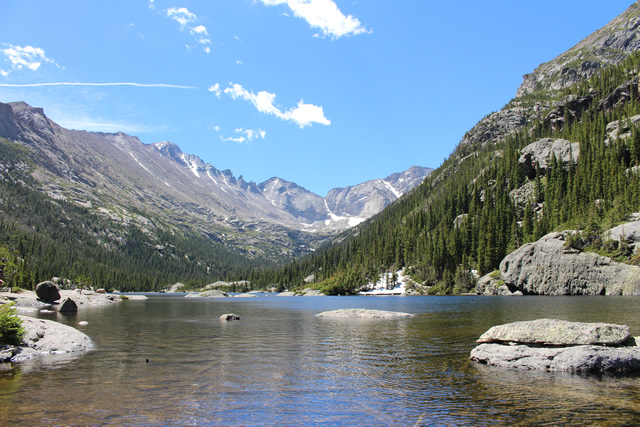

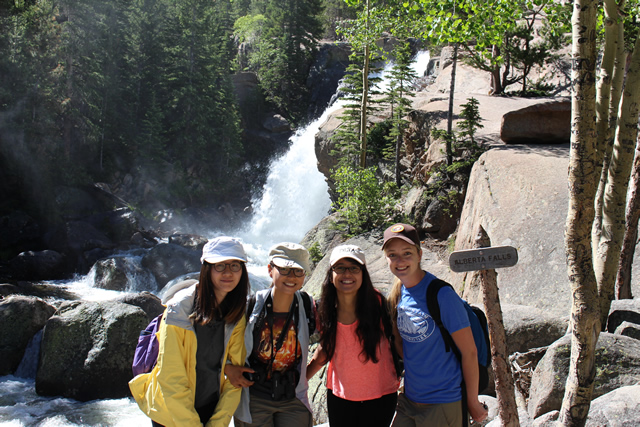

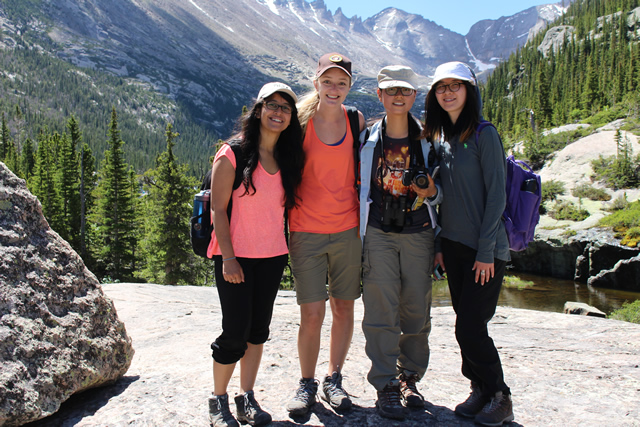

On Tuesday, we discovered that we would not have access to many resources for soil biodiversity research within our short time frame. With this information, our group decided to focus on a different biodiversity research gap within the park. Since we are not experts of a certain type of organism, it is very important for us to have help throughout the field survey process. We had multiple gaps that we were considering, based on resources and feasibility. Therefore, we chose to focus on spiders, as they are a major research gap in the park. Spiders play an integral role in all types of ecosystems but their diversity is not well described at Rocky Mountain National Park. Spider diversity correlates with productivity, plant diversity, habitat type, land-use change, and fragmentation. We are excited to learn more about spider diversity and provide a potential organism that can be used for understanding change in the park. We also wanted to incorporate a citizen science project to learn about how to conduct these types of projects and how effective they are.
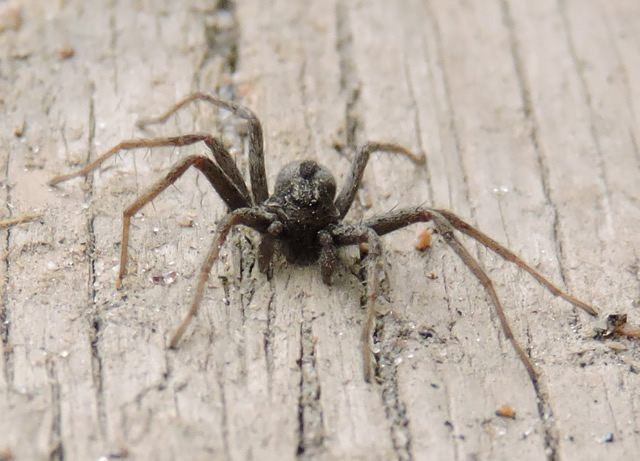

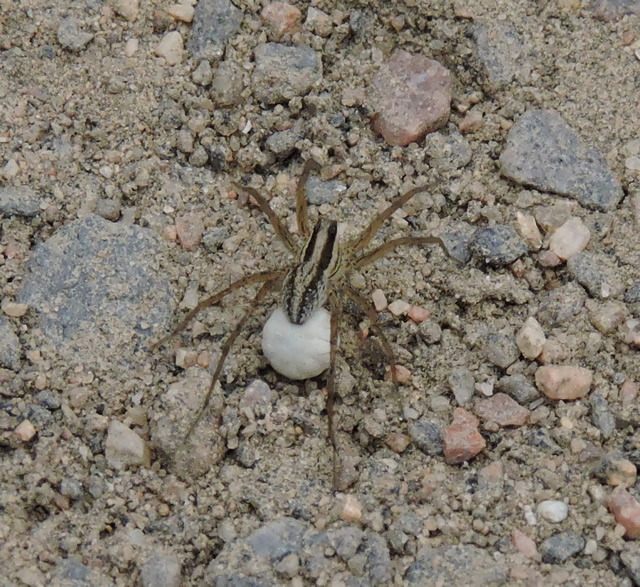

We quickly got in contact with Paula Cushing, a leading spider expert at the Denver Museum of Nature and Science and she agreed to help us with collection methods, equipment, and identification of specimens. Our team was very excited to have a world expert on spiders so close to us and so willing to help us with all the different stages of our field survey. We will be meeting with her on Monday to finalize our spider plans!
On Thursday, we had a lunch meeting with Ben Bobowski, Chief of Resource Stewardship, to discuss possible ways to implement our spider survey in the park. Our team prepared lasagna for the occasion! We have become famous for our love of food so we figured we should cook something yummy! Ben offered to get us in contact with possible citizens who we could train for a citizen science project. He also outlined the restrictions of performing research in a wilderness area and ways that we could expedite the permit process for our survey. Our team was really learning a lot about the challenges and procedures required to successfully conduct a field survey in a national park. As you can see from our blog posts, we have considered a myriad of options and have finally chosen one gap that is feasible to address in our time frame. This has been a fantastic learning experience and it will surely help us in our management and scientific endeavors in the future.
Alas! It was July 4th weekend! Our team members all had different plans for the long weekend, but they all involved exploring national parks and the beauty within them.
Sahil and Casey had the opportunity to travel to the Great Sand Dunes National Park. We jumped at the chance to see this rare phenomenon as well as another national park. The sand dunes are located in the San Luis Valley, near Alamosa. The park consists of 30 square miles of sand dunes, some over 700 feet tall! It holds many rare species that have adapted to harsh conditions in the dunes. We went out around 10:30 am, what we later realized was not the right time! The sand can reach up to 160 degrees during the day. We had a great time exploring the dunes, but it was definitely too hot. We also went sand boarding! When we returned to set up camp later in the evening the walk was much more enjoyable. The dunes go on for miles, making us feel very small, especially since it took so long to walk from place to place.
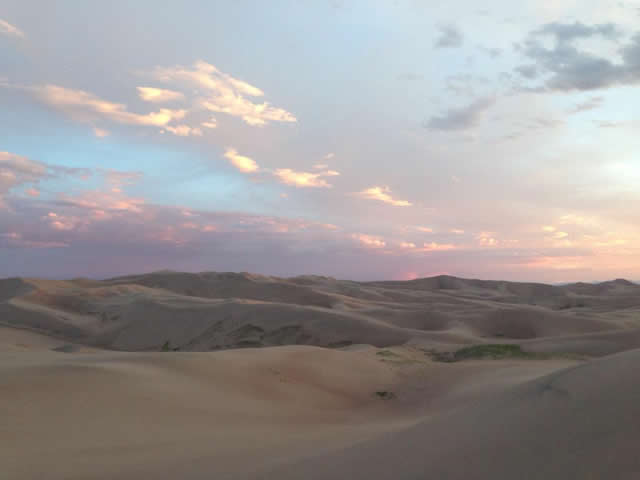

We had the opportunity to see one of the educational programs in the visitor center. In a presentation by Ranger Paul, the crowd was introduced to unique animals that lived in the park. The presentation was geared towards the many children in the audience who were encouraged to come up to the front and help Paul act out the various animal behaviors. It was very encouraging to see the kids get so excited and interested in the different animal facts. Paul is definitely inspiring the next generation of scientists! We think inspiring the next generation of scientists is one of the most important things researchers and park employees can do. This fosters a generation of students that will question and challenge current knowledge.
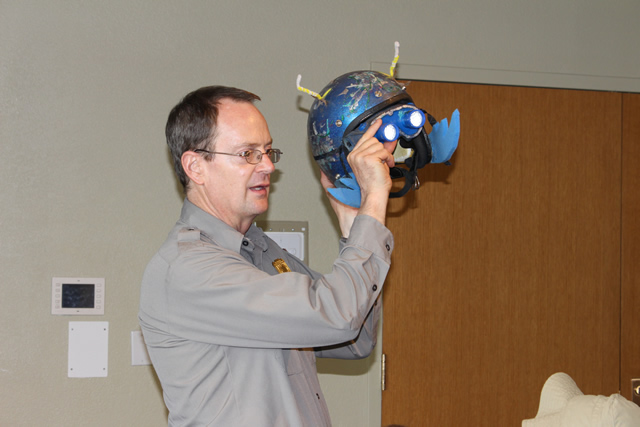

—Sahil Chaini, Zhenzhen Chen, Casey Johnson, and Jianyu Wu

